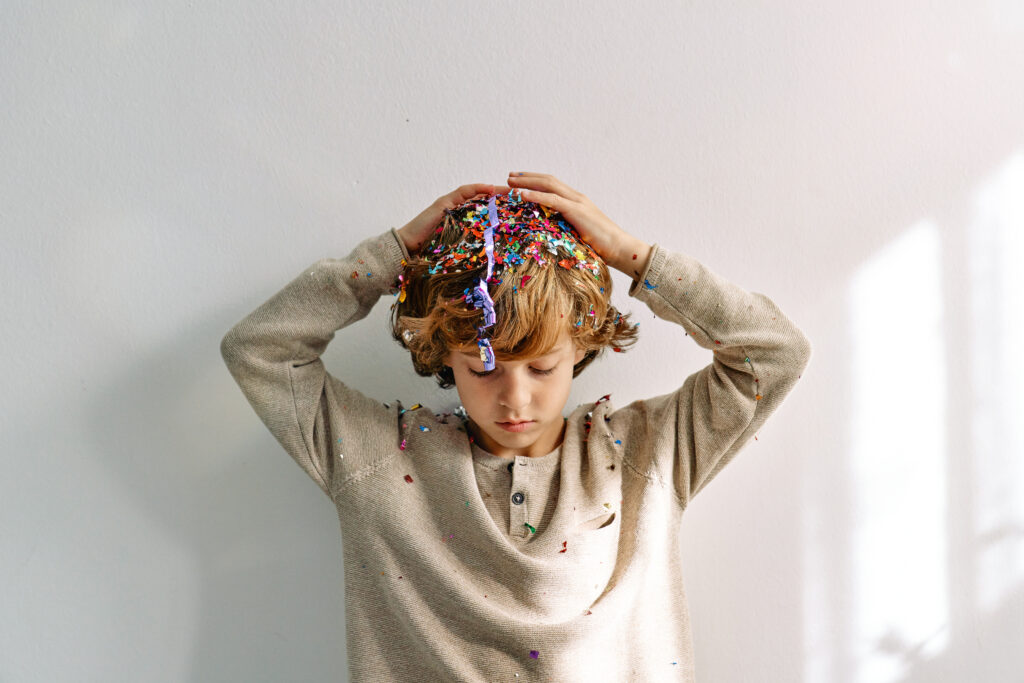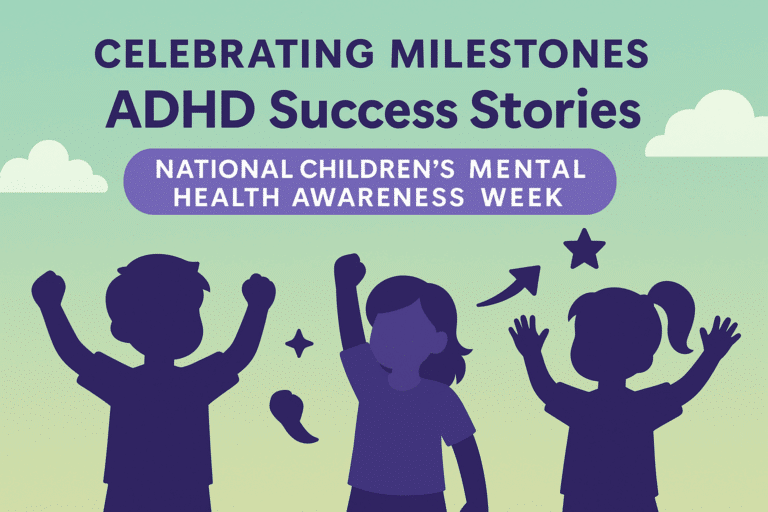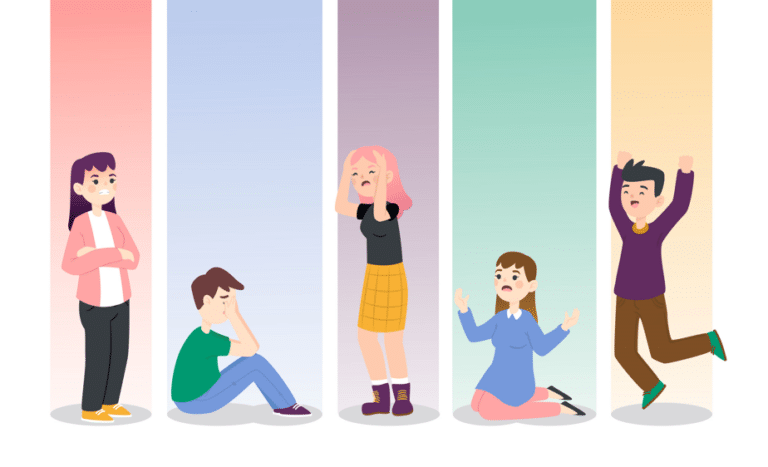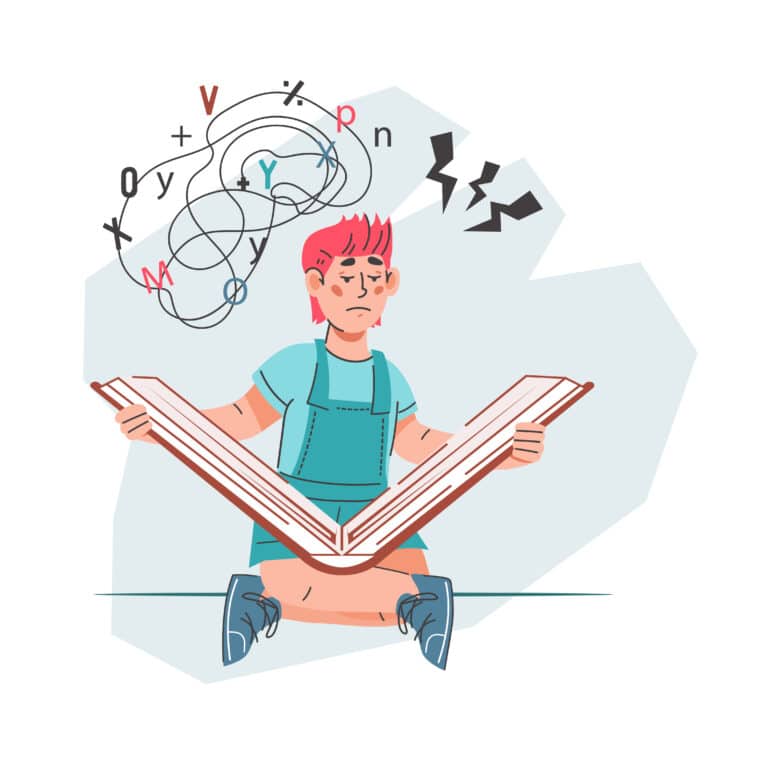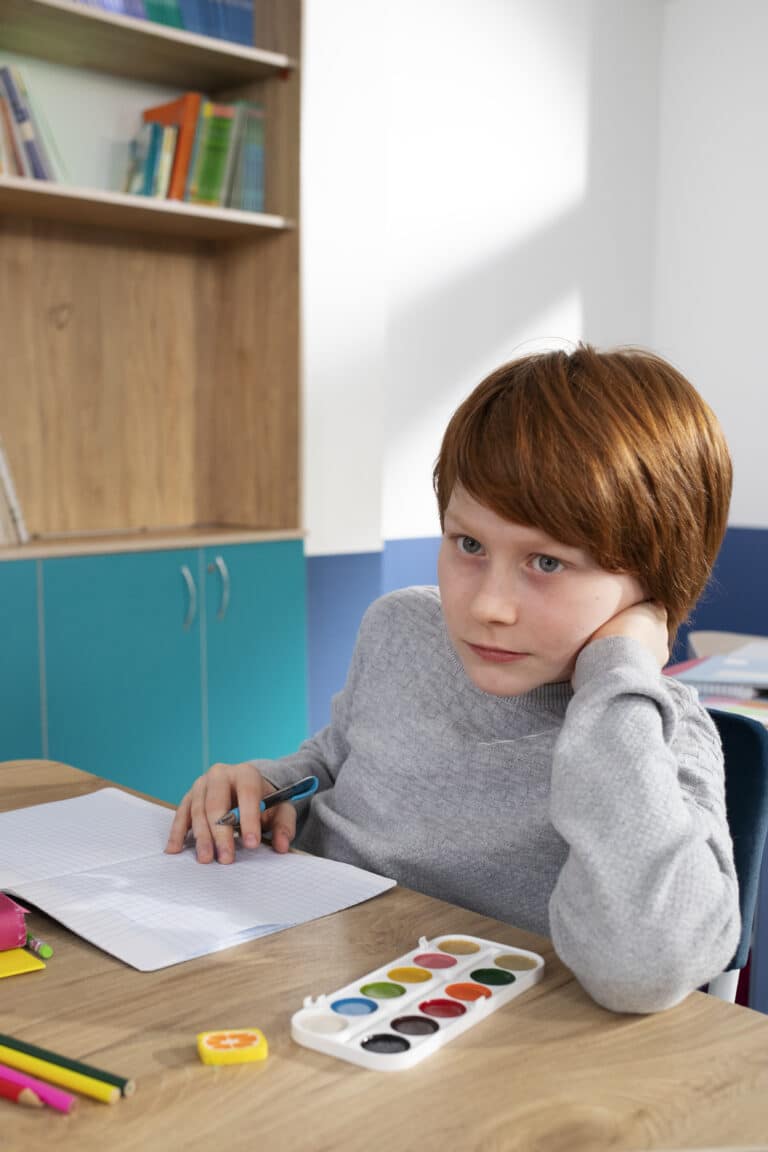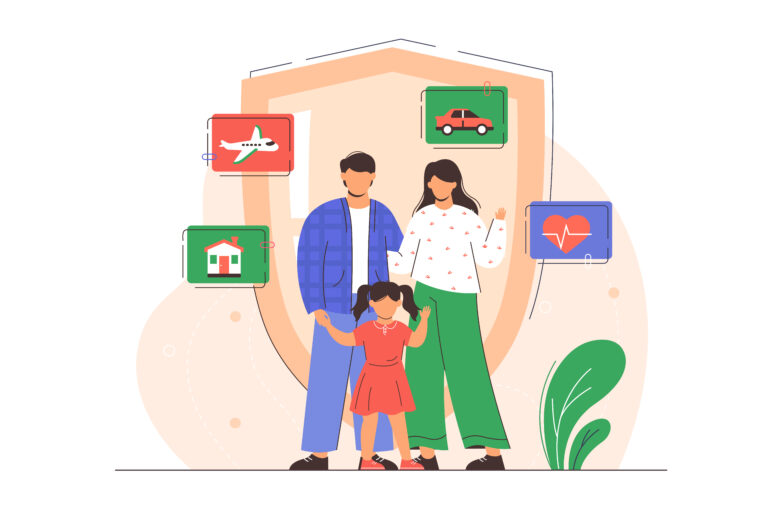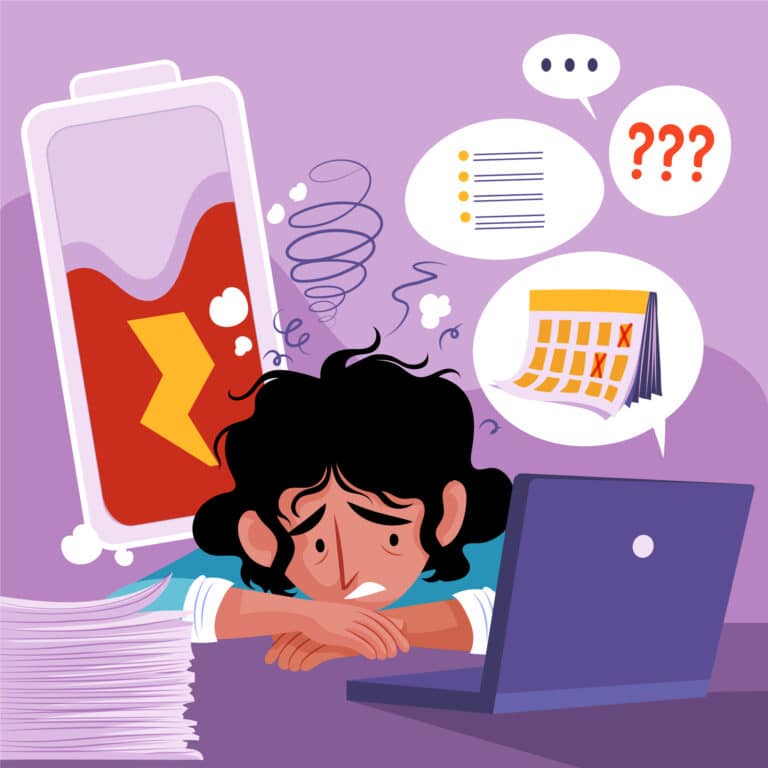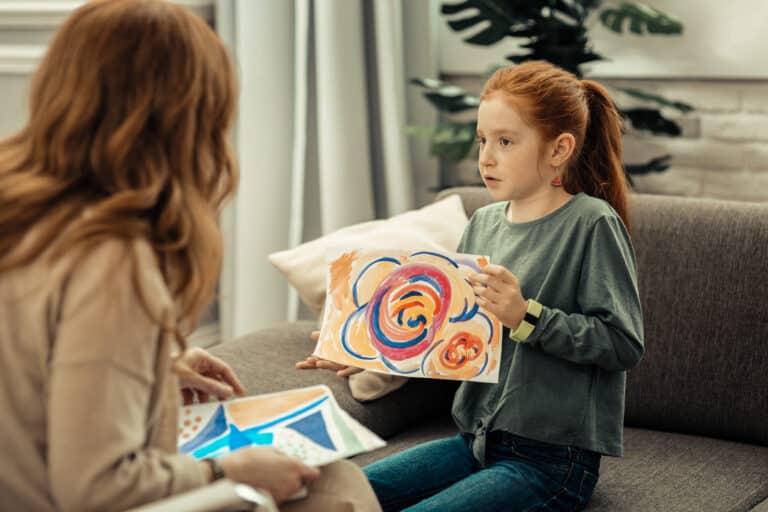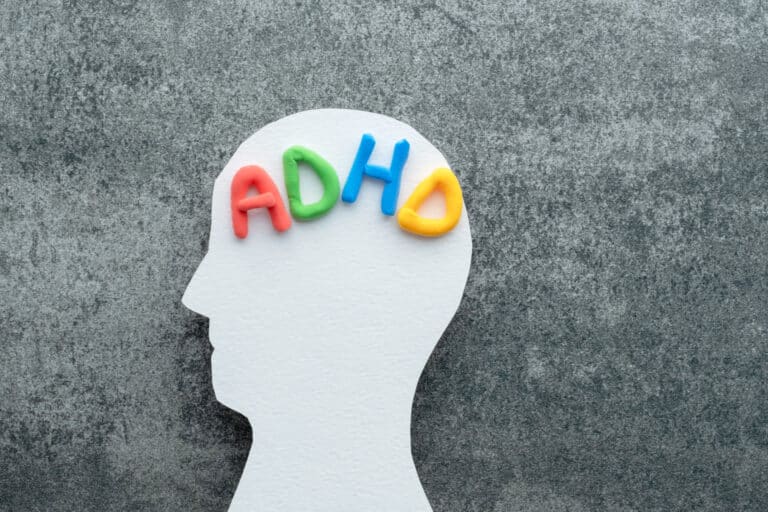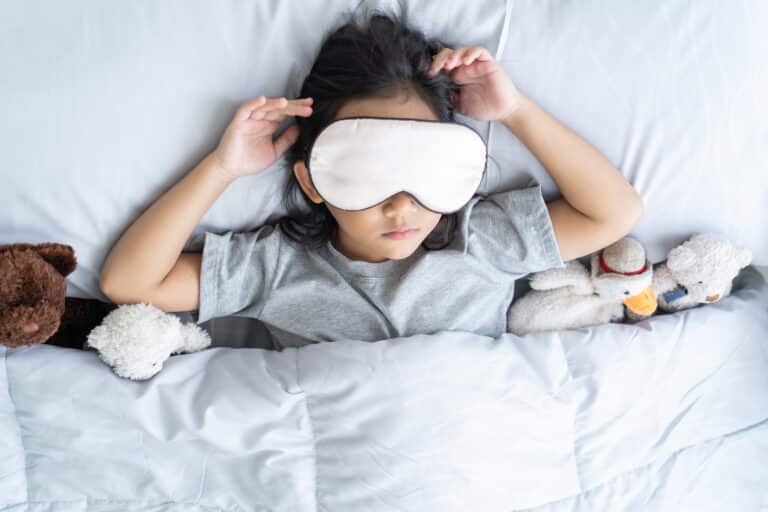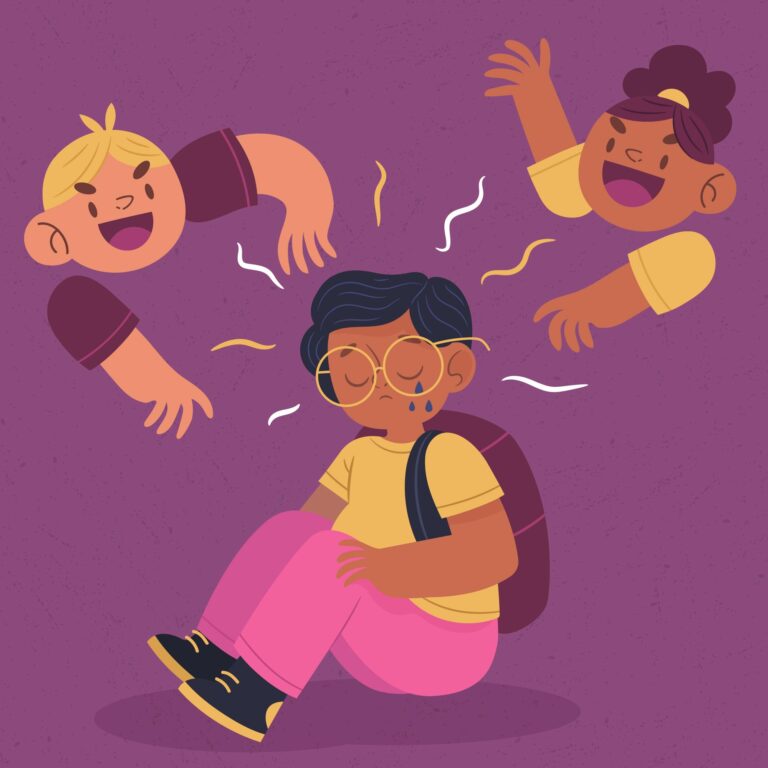ADHD in children, often referred to as Attention Deficit Disorder, is a neurodevelopmental condition characterized by persistent patterns of inattention, impulsivity, and hyperactivity. These behaviors affect a child’s performance in school, their social relationships, and daily functioning. Recognizing early signs, understanding underlying causes, and applying effective management strategies can significantly improve outcomes for children with ADHD.
What is ADHD in Children?
Attention Deficit Disorder manifests through a spectrum of symptoms: inattentiveness, hyperactivity, and impulsivity. These behaviors must be frequent and severe enough to impact the child’s daily life to be classified as ADHD. The three subtypes of ADHD include:
- Predominantly Inattentive: Characterized by forgetfulness, difficulty focusing, and poor organization.
- Predominantly Hyperactive-Impulsive: Marked by restlessness, impulsive behavior, and excessive movement.
- Combined Presentation: Includes both inattentive and hyperactive-impulsive symptoms.
ADHD Causes and Risk Factors
ADHD has complex origins, often involving genetic predispositions combined with environmental triggers. Children with a family history of ADHD are more likely to develop the condition. Additionally, prenatal exposure to toxins such as tobacco, alcohol, or drugs may increase the risk. Brain development, specifically in areas responsible for impulse control and attention regulation, shows differences in children with ADHD. Other potential causes include premature birth and low birth weight, but no singular factor guarantees an ADHD diagnosis.
Symptoms of ADHD in Kids
Symptoms of ADHD in kids range from difficulties with attention to hyperactive and impulsive behaviors:
- Inattention: The child may struggle to focus on tasks, make careless mistakes, or avoid tasks requiring sustained mental effort.
- Hyperactivity: Restlessness, frequent fidgeting, or excessive talking. Children may leave their seats frequently or run around when inappropriate.
- Impulsivity: Difficulty waiting for turns, interrupting conversations, or acting without thinking.
Understanding how childhood ADHD differs from adult ADHD is essential. In children, the most visible symptoms often relate to hyperactivity, while in adults, inattention and poor time management tend to dominate. Early diagnosis ensures timely intervention, reducing the long-term consequences of untreated ADHD.
ADHD Diagnosis and Testing in Children
To diagnose ADHD in preschoolers or older children, medical professionals rely on a comprehensive evaluation, including behavior reports from parents and teachers, clinical observation, and sometimes ADHD testing for children. A pediatrician or child psychologist will assess symptoms according to specific criteria, and rule out other conditions like anxiety or learning disabilities.
Testing includes examining the child’s ability to focus, their behavior in structured settings, and their interaction with peers. Understanding the process for diagnosing ADHD helps parents ensure that their children receive the correct intervention.
Managing ADHD in Children: Effective Strategies
Once diagnosed, managing ADHD in children requires a multi-pronged approach:
- Behavioral Therapy: Therapy focuses on changing behavior patterns, helping children manage impulsivity, develop attention skills, and cope with frustration. Behavioral therapy for ADHD children is often highly effective when combined with parent training.
- Medication: Stimulants like Ritalin or Adderall can be helpful in managing the symptoms of ADHD, though it is important to note, that medication is not a cure. These help improve focus and reduce hyperactivity by increasing dopamine and norepinephrine in the brain. Non-stimulant medications like Strattera can also be used.
- Lifestyle Changes: Routine and structure play a significant role. Simple strategies like using time-management tools, clear instructions, and creating a quiet study environment can be beneficial. Parents should focus on natural remedies for ADHD in children, like reducing sugar intake and improving sleep habits, as complementary strategies.
Schools can offer accommodations, like extra time on exams or seating arrangements to minimize distractions. Teachers play a key role in managing ADHD in school children by implementing individualized education plans (IEPs) or 504 plans to support learning.
ADHD and Coexisting Conditions
ADHD rarely exists in isolation. Children with ADHD and learning disabilities often face additional challenges, such as dyslexia or math difficulties, which further impact academic performance. It’s also common to see ADHD vs autism in children comparisons due to overlapping behaviors like difficulty in focusing and hyperactivity. However, ADHD and autism are distinct conditions requiring different treatment approaches.
ADHD and social skills in children can be particularly concerning. Children with ADHD may struggle with friendships due to impulsivity or difficulty reading social cues. Addressing these challenges involves teaching ADHD coping strategies for kids, such as role-playing social interactions, and offering rewards for positive social behaviors.
Treatment Options for Pediatric ADHD
Pediatric ADHD treatments involve both medical and non-medical approaches:
- Cognitive Behavioral Therapy: A common treatment is ADHD cognitive behavioral therapy for kids, which focuses on changing thought patterns to improve behavior.
- Psychodynamic therapy helps children with ADHD develop insight and self-awareness, improving emotional regulation and communication skills. This can lead to better coping strategies and better impulse control.
- Non-Stimulant Medications: Drugs like atomoxetine offer alternatives for children who don’t respond well to stimulants.
- Stimulant Medications: Medications such as methylphenidate (Ritalin) and amphetamines (Adderall) can be effective for children, though side effects like sleep problems or appetite loss are a a concern and must be monitored. Parents often ask, “What are the best ADHD treatments for children?” It depends on the child’s specific symptoms and response to medication.
- Diet and Nutrition: Though the evidence is mixed, some parents explore how ADHD diet and nutrition impact their child’s symptoms. Reducing processed foods and eliminating potential allergens are common adjustments.
ADHD in Toddlers and Preschoolers
ADHD can sometimes be diagnosed in very young children. Signs of ADHD in toddlers may include constant motion, difficulty playing quietly, and problems with waiting their turn. However, diagnosing ADHD in preschoolers can be tricky due to the overlap with normal developmental behaviors. A professional assessment helps differentiate between typical high-energy behavior and true ADHD symptoms.
ADHD and Emotional Regulation
Managing emotions is often a significant challenge for children with ADHD. Poor ADHD emotional regulation can lead to meltdowns, frustration, or aggressive behaviors when things don’t go as planned. Teaching children strategies like mindfulness, deep breathing, and expressing their emotions verbally can help them manage these impulses more effectively.
In addition, ADHD executive function deficit is a common issue. This deficit refers to difficulties in planning, organizing, and completing tasks. Behavioral interventions target these skills, helping children develop better problem-solving techniques and time management.
Parenting and ADHD: Providing Support
Parents play a crucial role in supporting their children’s development. ADHD parental support begins with understanding the condition, staying consistent with routines, and fostering a positive, encouraging environment. Many parents find success in implementing ADHD behavior management strategies such as reward systems and consistent discipline.
For families, ADHD school accommodations like extra time on tests, reduced homework loads, or quieter workspaces can make a huge difference in a child’s success. Schools may also provide specialized tutoring for children with ADHD and coexisting learning disabilities.
Long-Term Outlook
While some children outgrow certain aspects of ADHD, others continue to face challenges into adulthood. The key to managing ADHD lies in early intervention, consistent support, and flexible strategies tailored to the child’s individual needs. Understanding how ADHD affects brain development in children offers insights into why some children struggle more with certain behaviors. By equipping children with coping skills early on, parents can set them on a path toward a fulfilling and productive future.
ADHD is a manageable condition with the right approach. With a holistic approach, children with ADHD can learn to control their symptoms, excel academically, and form meaningful relationships. Providing consistent care, recognizing the need for individualized solutions, and offering ongoing parental support will help children with ADHD thrive.

